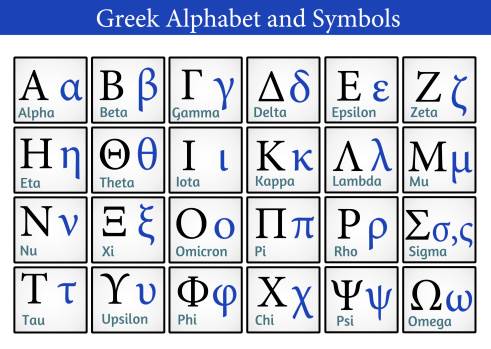physics-humor
I blame my physics education for my wry sense of humor. That is no doubt partly true.

Getting a physics degree in the 1980’s was a weird time. The internet didn’t exist, whiteboards were a twinkle in some product developer’s eyes, and classes were walls of chalkboards, chalk dust, and Greek characters scribbled in waves that us students busily tried to keep up with the scribbling as well as follow the threads of mathematics that flowed forth.
Those of us in the program were starved for some humor to break up the long series of mathematics in the pursuit of understanding of physics.
Below are some of our staples.
Dead Cats
Frankly, we used “dead cats” all the time. Calculating the terminal velocity1 of an object dropped from say the Empire State Building, and naturally, it was “dead cats” that we metaphorically dropped.
Or we would talk about the friction of a dead cat sliding down an incline plane.
Or talking about lattice spacing in terms of “swinging dead cats” (although those dead cats would have to be on the atomic scale).
Frankly, this was something we learned in the earliest parts of the program.
I need to add: No cats were killed, injured, or maimed in any of this.
Spherical Cows
In the same fauna theme, we often talked about objects hurtling through space, and especially if there was an atmosphere, the shape of the object is important. Thus was born the “spherical cow”. It has been used over and over. So much so, that there is a video about it:
It is what physicists do, we simplify, and the spherical cow is just an example.
What’s New?
This one is reflexive: Nu, the 13th letter of the Greek alphabet, and I just blurt it out whenever someone asks “What’s new?”

In physics, nu is the symbol that is commonly used to represent the frequency. (Turns out that entering Greek letters is trivial on a Mac, but super complicated on Windows)
terminal velocity is when the gravitational force that increases speed is matched by air resistance, and the object falls no faster than this, otherwise conservation of energy would be broken. ↩




